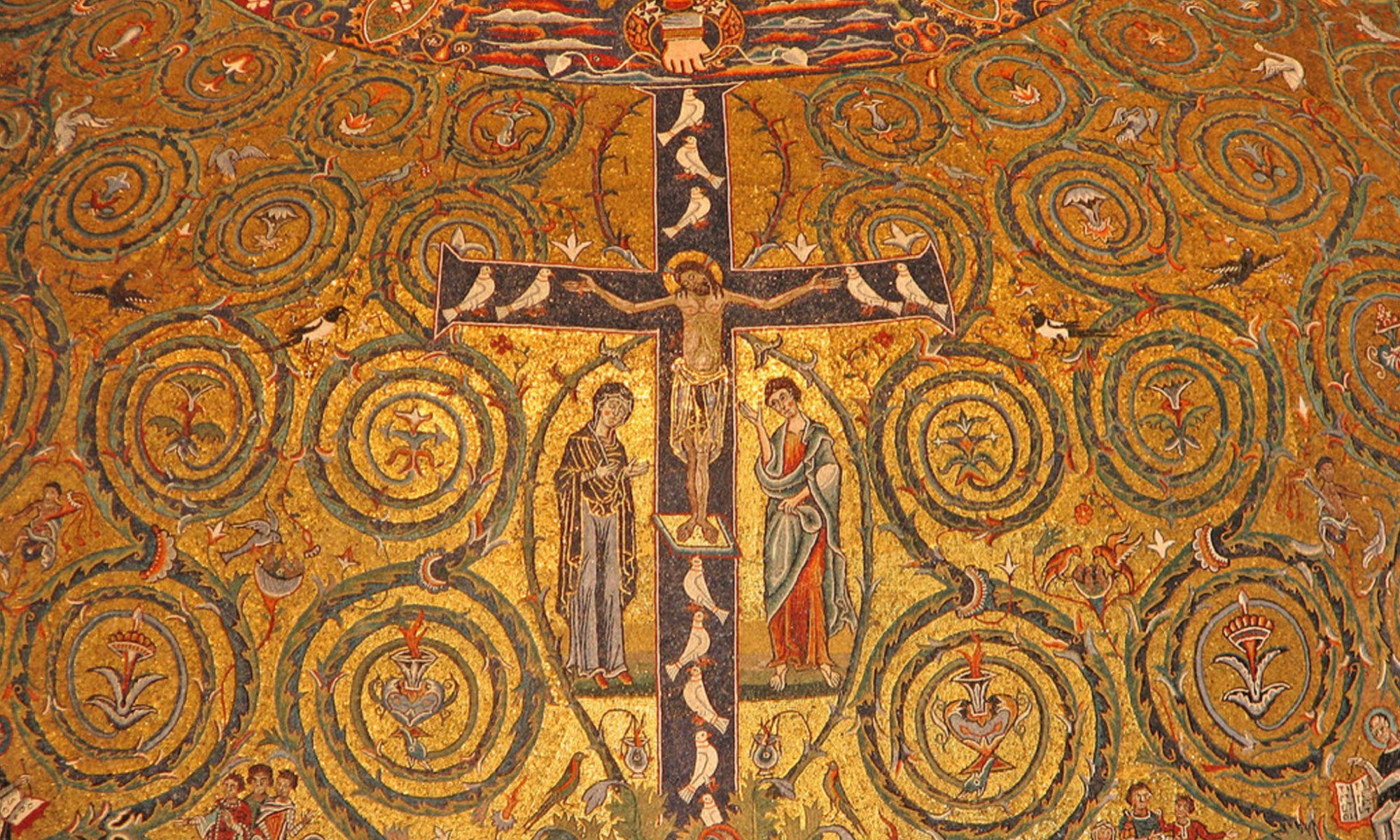**DISCLAIMER – If you do not enjoy a little earthy humor, then this post may not be for you**
Pope Gregory the Great was a legendary preacher. But he gave at least one crappy homily. That is to say, he gave a homily in which dung was a featured metaphor.
How, you might ask, did I stumble upon this homily? Mainly because of my stepdad’s propensity for poop jokes. They weren’t necessarily his favorite form of humor, but they were a solid number two. He certainly struggled with his woundedness, but no one ever denied his sense of humor. Like many dads, he was an old pro at the “pull my finger” bit. But he also had more elaborate jokes. If we had friends over, when they asked to use our bathroom, he would normally encourage them to write their weight on the wall. When they looked at him in confusion and bewilderment, he would explain, “That way if you fall in, we know how much to scoop out.” My sisters didn’t exactly appreciate him saying that to their boyfriends, but I think all of us far preferred his lighthearted and mischievous moods to his angry ones.
When you do doctoral research in theology, you never know what you might find. There I was back in 2010, sifting through various texts of the early Church Fathers, when I noticed Gregory repeatedly using the Latin word stercus (“dung”). Given my crappy upbringing, I definitely did a double take. I couldn’t resist reading the entire homily. It ended up being one of the most remarkable bits of writing that I’ve ever read, beginning with the earthiness of manure and culminating with an intense heavenly yearning (both in Gregory’s preaching and in my own heart).
The homily ponders two images from Luke 13:6-17: the parable of the fruitless fig tree and the healing of the stooped woman. For three years the fig tree has born no fruit, and the master is ready to remove it. The steward begs the master for one more chance. He will dig around the tree. He will take a bucket of dung and fertilize the tree at its roots. Then, if it still bears no fruit, the master can cut it down.
Gregory compares the fruitless fig tree to our fallen human nature. The works of the flesh leave us fruitless. We are in need of conversion and repentance. We need to become detached and free from our sins – not merely in the moment of acting out, but going down to the roots of our pride.
How does the dung come in? As Gregory explains, “What is the bucket of dung but the mindfulness of our sins?” Remembering the stench of our sins while simultaneously stretching out in works of charity, we grow and bear fruit.
Gregory describes this mindfulness of our sins as “compunction” – a virtue rarely talked about in these decades of promoting positive self-esteem. While I fully acknowledge the damage done by low self-esteem, self-loathing, or shame, I am also convinced of the wisdom of Gregory on this point. Compunction is a humble awareness of our sinfulness and our total dependence on God. We will never bear fruit without Him.
There is definitely a difference between compunction and shame.
Compunction involves true humility, leading us to rise above our sins and failures and reach out to heavenly truth. Shame, by contrast, is a sort of upside-down version of pride. We prefer denial or minimizing because, deep down, we know that some of our behaviors really stink. We are afraid that other people, if allowed too close to the stench, will stop loving us.
Compunction leads us to have deep compassion towards others, overcoming any anger or judgment we initially feel towards them. If we ourselves stand in so much need of mercy, how can we be hard on others? Shame, meanwhile, can lead to a festering fear, anger, and self-protection. In my stepfather’s case, I am convinced that much of his anger was the only way he knew to protect himself from the painful shame that he felt. He was terrified that none of us would love him if we knew the real him. So when he felt his shame most deeply, he raged the most violently. There are others who see their anger and rage as unacceptable emotions. So they turn instead to self-righteousness, judgment, or passive aggression. Both kinds of anger (active and passive) can cover over our fear and shame, rather than facing them truthfully. Both can become toxic and destructive in their own way.
Compunction is truth-telling about ourselves, whereas shame is laden with lies. Compunction refuses to deny or rationalize or minimize the ugliness of our sins. We have sinned; we have harmed relationships with God and others and self; and we “take full responsibility” – not by saying those words as a cliché but by actually confessing our sins, asking for help from God and others, and sincerely surrendering ourselves to radical change.
Literally, “compunction” denotes poking with a stick. In this case, a stinky stick. Any time we find ourselves puffing up with a false inflation of our ego, we have the memory of our sins to burst our bubble and keep us grounded in true humility. But this only works if it goes hand-in-hand with an unshakable confidence in God’s Fatherhood. We can we become “firmly rooted in love” (Ephesians 3:17), fertilized and nourished by an authentic compunction and humility. It is then that the real growth in Christ begins.
How on earth does this relate to the story of the stooped woman? I’ll finish that thought next time.
NOTE: This remarkable homily of Gregory the Great was given on June 10, 591. If you are a Patristic nerd, you can find the original Latin text in SC 522: 252-266 or PL 76, 1227-1232. If you don’t read Latin, there is an English translation in this book.




